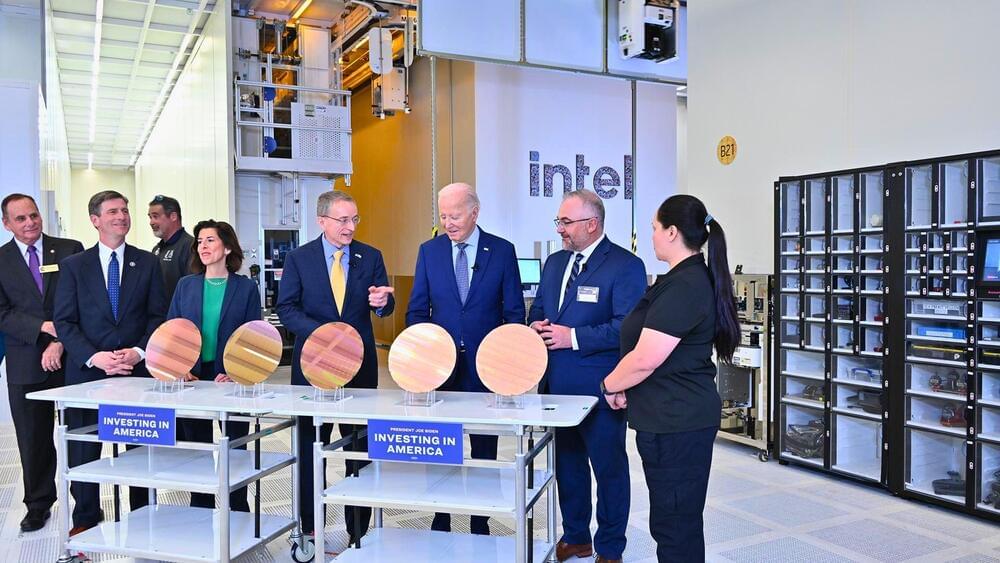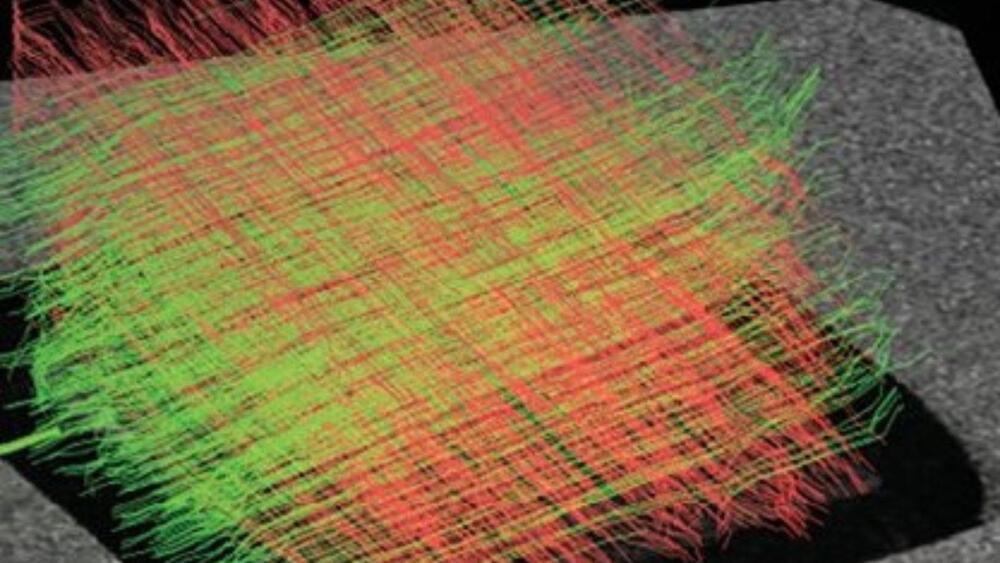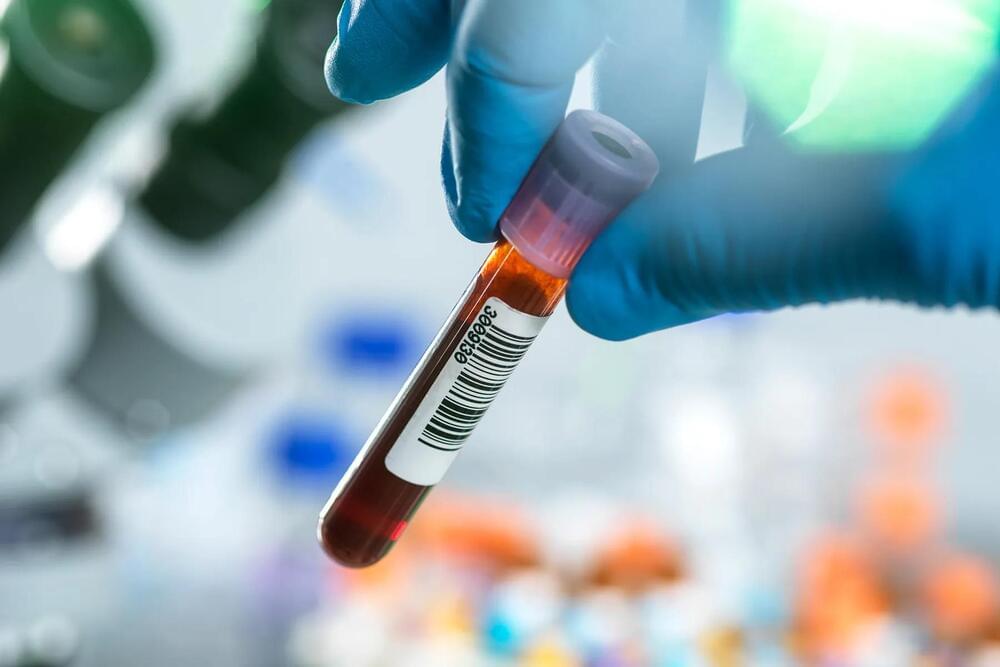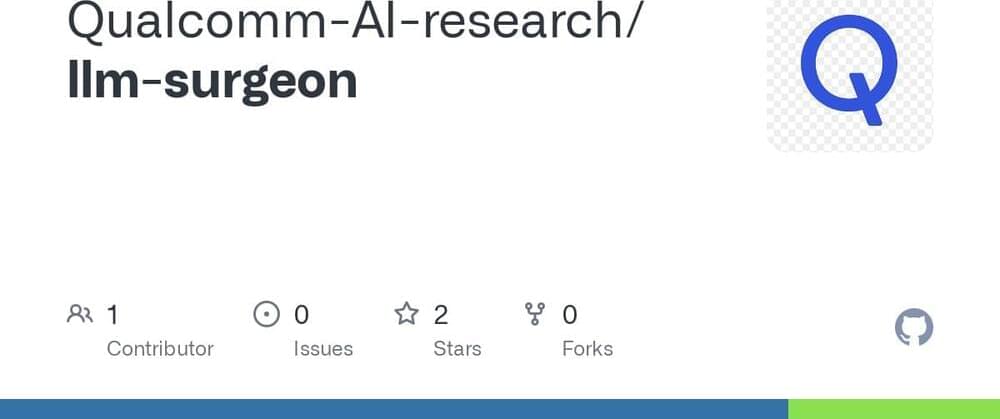The massive CHIPS investment will support Intel’s construction and expansion projects across four states and is also likely to create nearly 30,000 jobs.



Marking a significant advancement in medical technologies, a team of researchers from the Medical University of Vienna and Vienna University of Technology (TU Wien) has 3D printed the world’s first high-resolution brain.
Modeled after the structure of brain fibers, the 3D-printed “brain phantom” can be imaged with a specialized form of magnetic resonance imaging (MRI) known as dMRI.
UK-based construction technology firm Automated Architecture (AUAR) has bagged $3.2 million in funding to advance its mission to automate the construction process to solve housing-related issues.
AUAR is creating a network of dispersed micro-factories for environmentally friendly timber homes. AUAR claims that it presents an alternative vision for the built environment, in which local ecosystems comprising developers, contractors, architects, and communities are empowered to construct better homes instead of centralized automation in massive factories.

Chinese researchers have found that high-energy lasers could be an effective counter to hypersonic missiles.
They’ve discovered that there is an upper limit to the power the laser needs to be, the South China Morning Post (SCMP) has reported.
This special coating is what gives hypersonic weapons their edge. Without it, they would be prone to overheating, destabilizing, or even falling apart mid-flight.

March 14, 2024 – Detecting colorectal cancer may be as easy as a simple blood test one day.
Promising results of this new option — the results of the study were published this week in the New England Journal of Medicine — could help convert the estimated 1 in 3 people who don’t stay up-to-date on screenings that should begin at age 45. If everyone in the U.S. got screened regularly, as many as 90% of deaths linked to colorectal cancer may be avoided, the researchers wrote. Current screening options are often considered unpleasant experiences — collecting a fecal sample at home and mailing it, or taking laxatives and going under sedation for a colonoscopy procedure.
The blood test can detect DNA shed into the bloodstream from tumors, and in a trial of more than 7,800 people, the new test accurately detected colon cancer at early, treatable stages 87% of the time. The false-positive rate was 10%. The test was less successful at detecting advanced precancerous lesions, with just 13% being detected. In comparison, fecal tests are about 42% successful at early detection, and colonoscopies are up to 93% accurate, according to a summary from the American College of Surgeons.
A time question and answer starting at 32:22 (5−6 years)
Is aging a disease that can be cured? Neil deGrasse Tyson and cohosts Chuck Nice and Gary O’Reilly discover the field of epigenetics, the Information Theory of Aging, and curing blindness for mice with Professor of Genetics at Harvard Medical School, David Sinclair.
What is epigenetics? Discover the difference between genetics and epigenetics. We discuss whether aging is a disease and if there have been any changes in aging throughout the centuries. David breaks down the information theory of aging and how epigenetic inheritance works. Plus, Chuck tells us about some of the studies he’s reading and how behaviors during your lifetime can be epigenetically passed onto your children.
Could we someday cure death? What does aging look like in the broader animal kingdom? We look at aging from an evolutionary standpoint, restoring vision in blind mice, and what the length of your telomeres tells you. We break down conflicting information regarding diet and how to not just live longer but live younger, longer. What are the genes that control aging?
We break down what anti-aging medicine would look like and whether it would be affordable for everyday people. Learn about the world’s oldest mice with the youngest eyes. We discuss the Yamanaka genes and how they can be utilized to turn back time on a cellular level. Is DNA destiny?

The LLM Surgeon.
“The LLM Surgeon,” accepted at ICLR 2024, achieves SOTA in LLM pruning in all unstructured, semi-structured, and the most challenging but most effective structured pruning that removes entire matrix rows/columns.
Paper page: https://huggingface.co/papers/2312.17244 Code: https://github.com/notifications/beta/shelf
Contribute to Qualcomm-AI-research/llm-surgeon development by creating an account on GitHub.
Elon Musk’s Neuralink introduced the first patient to receive its brain-computer implant, demonstrating during a livestream that he can now move a computer cursor to play chess using the device. Photo: Neuralink.
#ElonMusk #Neuralink #WSJ
Elon Musk’s Neuralink recently implanted a chip in a human for the first time. The emerging market of brain computer interfaces, or BCIs, is in the process of finding its footing. In a world where AI is on the rise, BCIs allow for telepathic control of computers and wireless operation of prosthetics. But how does this tech work?
WSJ goes inside a brain surgery to see how the implants work, and breaks down what it’s going to take to get these devices on the market.
Chapters:
0:00 Musk’s Neuralink.
0:41 The market.
3:03 Synchron.
3:57 Precision.
5:16 What’s next?
News Explainers.
Some days the high-speed news cycle can bring more questions than answers. WSJ’s news explainers break down the day’s biggest stories into bite-size pieces to help you make sense of the news.
#Neuralink #Tech #WSJ